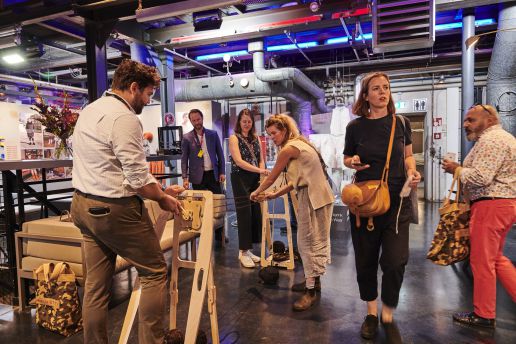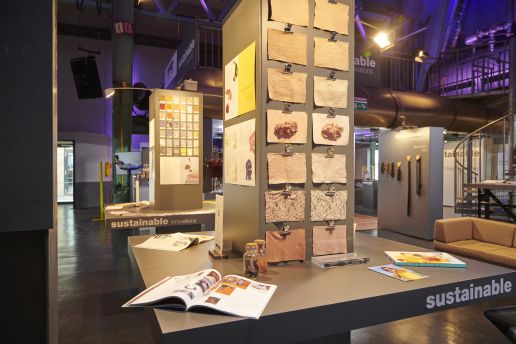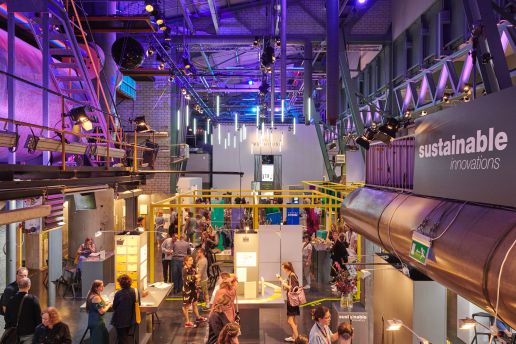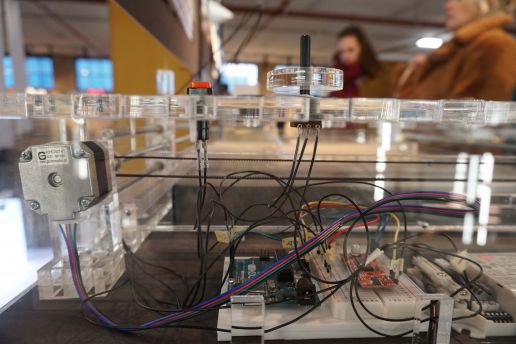Sustainable Innovations
Interview with Simon Angel, Curator of SUSTAINABLE INNOVATIONS
Simon Angel has been the curator of the Sustainable Innovations Area in the KEYHOUSE since 2018. For the Munich Fabric Start fair, he is looking for exciting young designers, extraordinary innovations and new perspectives from the textile world. Register now to attend Sustainable Innovations at KEYHOUSE.
Simon, what Sustainable Innovations can we look forward to this season?
Each season, we try to present textile tendencies and new materials to inspire and broaden the context, techniques, meaning and value of textile related topics. Our goal is to show a glimpse of a possible future, so the industry and its professionals can use it to get to the next level. It is a constant dialogue. We are a community, growing and connecting together, sharing visions and ideas – it’s an inspiring atmosphere.
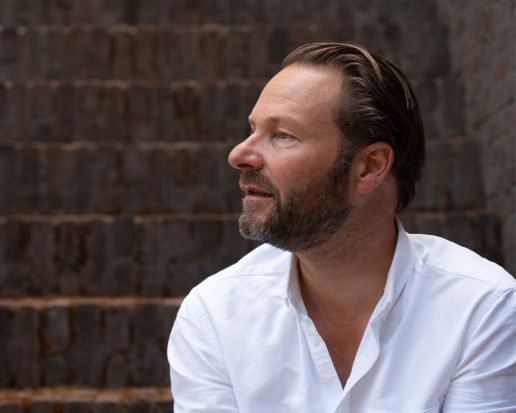
This edition of Munich Fabric Start’s Sustainable Innovations is a prime example to this approach – not only in respect to the responsibility held as a textile fair but also from the attitude and perspectives of the designer’s present. You see their visions in sound-created and laser print work. You feel their ideas in the provocative perspective that plastic is part of our natural landscape. And in the concept that ditching seams can lead to new manufacturing techniques and design approaches. But also, in revaluing materials like sisal and paper and the use of core natural elements like milk, starch and salt-crystals. I am positive that these projects will start a dialogue we can all learn from.
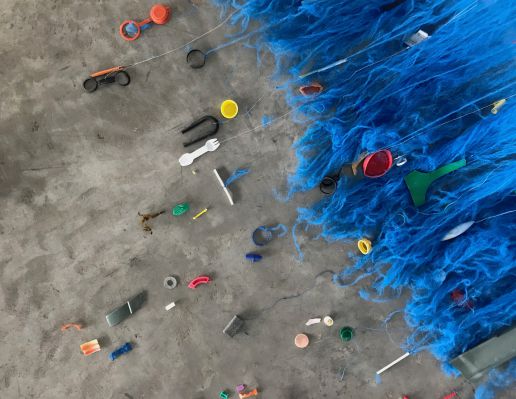
Again and again, the fear of the future, the consequences of environmental pollution and climate change emerge in the curated works. Challenge or opportunity, what do you think?
Your question shows that we are all still at very different stages in the process. Some people are aware and concerned about the transformations our environment is facing. Some are becoming aware of the changes and starting to value what still is. Others are reacting with action, ready to change the game. Specifically that we all have different point of views – with even more concerns to consider. So, there is not one dialogue, there are hundreds. There is not one solution, there is – as I refer to it – a chain of change happening on all levels. Therefore, I there is no “or” in between, instead it is an “and”: We have challenges AND opportunities. All of the designers offer opportunities through different approaches and create change, as challenging as it is.
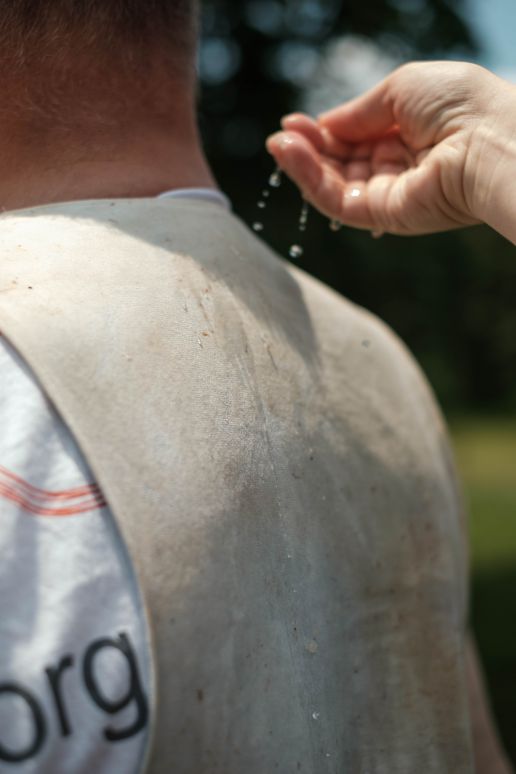
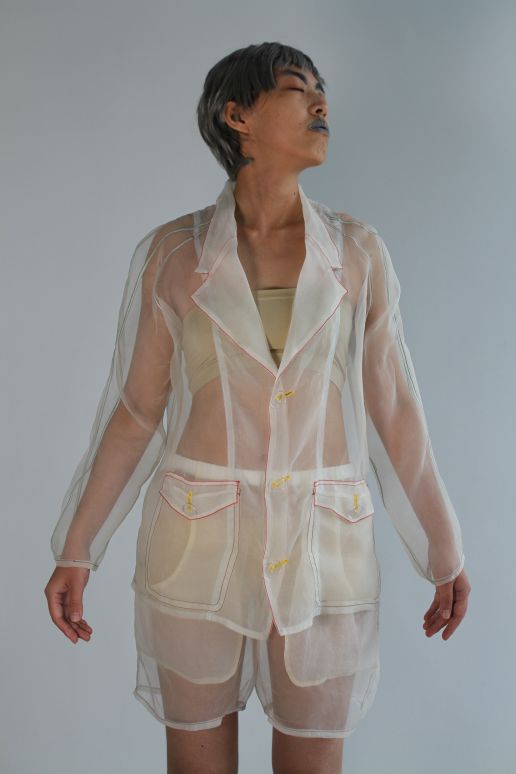
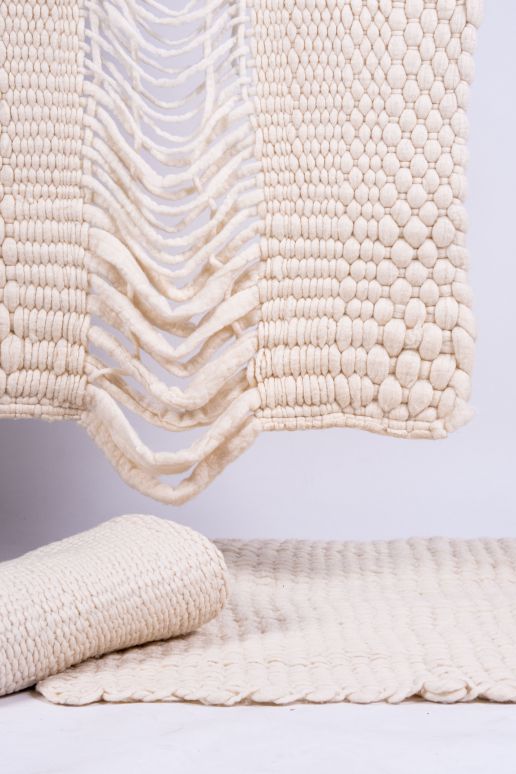
The use of potato starch, old printing methods and traditional Korean craftsmanship – one could almost say that “back to the roots” is the motto of the upcoming season. Posing the question, where does this development come from?
As designers are digging deeper, they often rediscover historic production processes and design principles, that make sense in the now as well. “We learn from history that we never learn from history”, a quote of a dear friend of mine. Now I learn that there are two meanings to this. The project of Caterina Tiolo is a good example for how changing the order of an old process can lead to totally new approaches – design and material wise. The development of redefining traditional processes and ingredients is really exciting. Or look at “Consumption of heritage” by Lee Sun: She uses traditional crafts and simple materials like paper in a modern fashion context and in that way values her heritage. So yes, if “back to the roots” to you means “revitalise tradition and values”, it is certainly a dominant development.
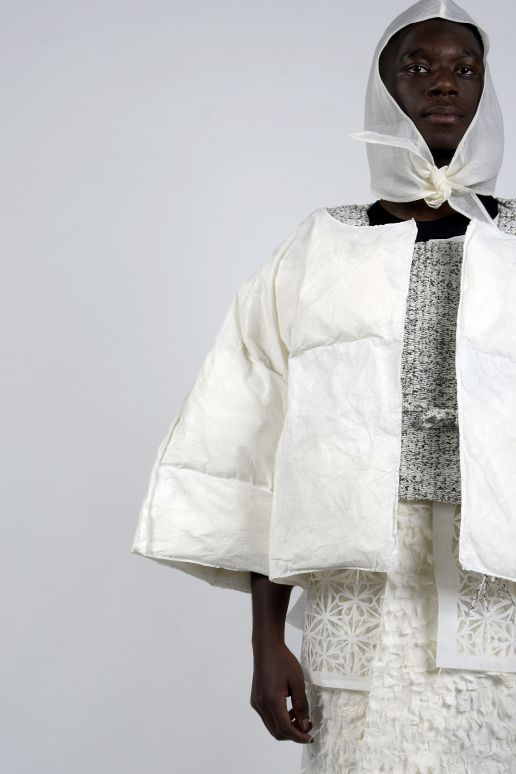
You are curating the Sustainable Innovations for the fifth time this season. What has changed?
From my perspective, it is not working on changes – we are working on this as a journey. I see many strong developments and tendencies and they are driven by dedicated professionals. Not only business and money-driven but instead also by values. I see that the industry is working on becoming a better version of itself. Feeling a glimpse of shared responsibility between designers, manufacturers, press and media, I am very optimistic. In the end it is all about the perfect couple: quality and consciousness.
2020 – a new decade begins. Looking to the future: how do you think the interplay of sustainability and textiles will develop?
As optimistic as I may sound – the more research I do in the field of textiles and fashion, it all comes down to our individual responsibilities: our behaviours as a human, existing as a consumer in this economic system. The causality of change has two central elements to start with: demand and supply. We have to stop putting ‘the good’ into a colonial and capitalistic context as from the early start of textile history to the fashion world of the now: The more we are aware and the more we share, together we can make this a great journey. Let’s take this chance and restore the enthusiasm to this economic world. Let’s thrive!
Visit Sustainable Innovations at KEYHOUSE on February 4-6 2020 in Munich.
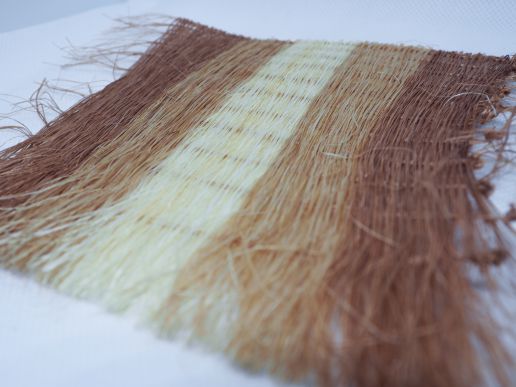
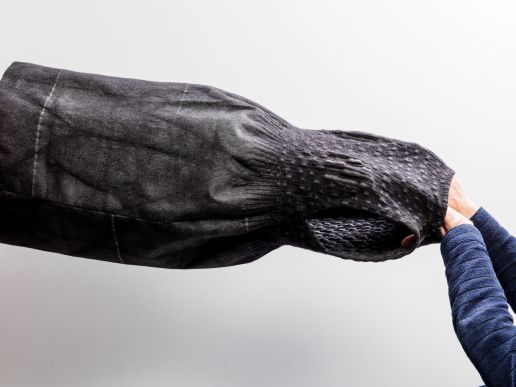
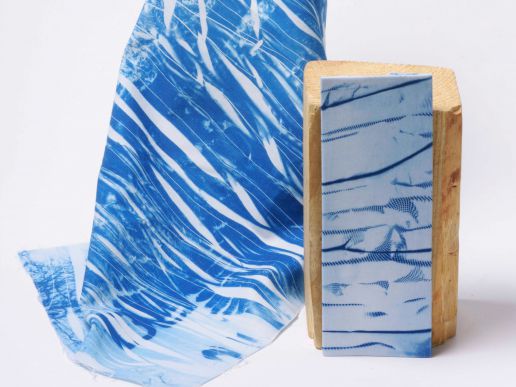
SUSTAINABLE INNOVATIONS: Interview with Simon Angel
You’re curating the Sustainable Innovations forum at Munich Fabric Start for the fourth time. Where are you looking for these new ideas and concepts?
I follow the heartbeat of current and future matters and perspectives. I am inspired by people and products which question the quality and essence of life. This leads me to the roots of the design processes, to the inner core of the industry, research institutes and universities. Textile innovations can be found in all different kinds of areas from fashion to health care, automotive as well as many other sectors. The art of thinking outside and inside the box at the same time plays a central role to find new innovations.
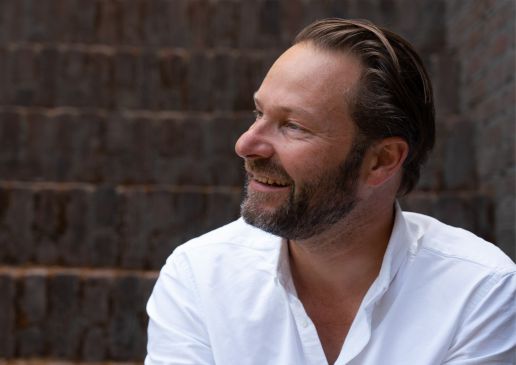
What do the showcased projects have in common?
There are two aspects which unite the Sustainable Innovations: poetry and purpose – and we most definitely need both! We need people who respond with poetry to inspire and open up new ideas and we need the hardcore problem solvers. With this edition we show several projects that provide concrete examples of what the successful interplay between poetry and problem solving can look like. Be it in 3D printing solutions or in human capital or in terms of circular solutions. Sustainable Innovations showcases great examples of what re-thinking and re-acting can lead to.
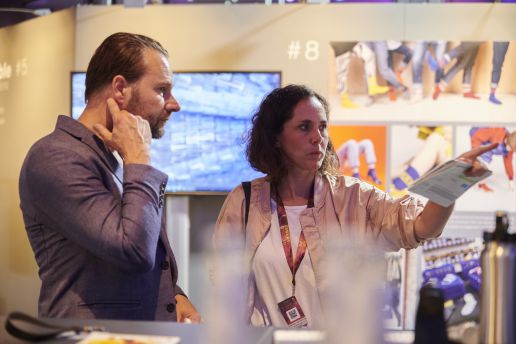
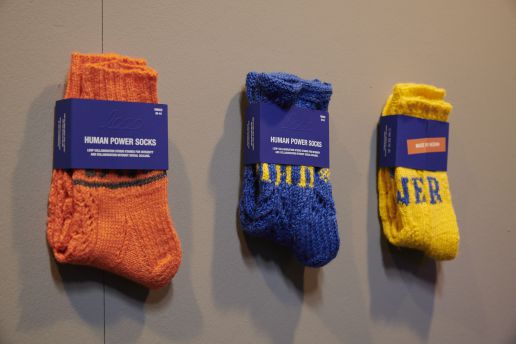
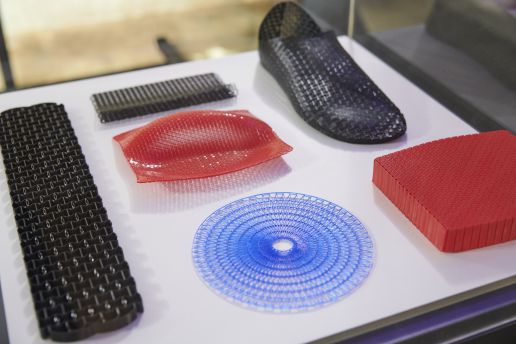
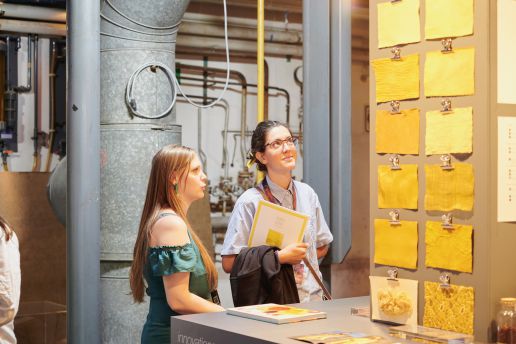
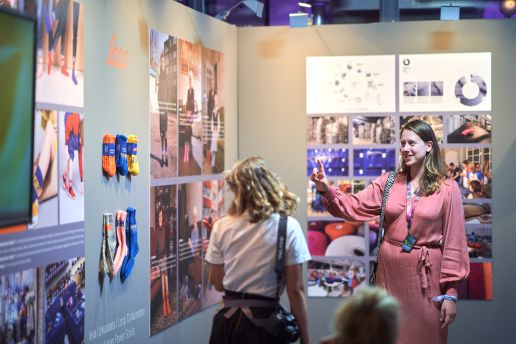
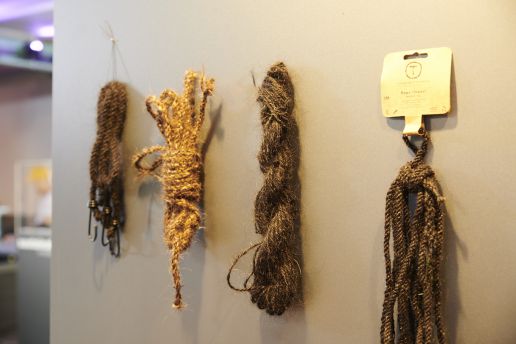
With regards to the exhibits, do you see any major trends?
I see the need for and can almost hear a desperate cry for contact. People want to develop a deeper relationship with each other but also with products and materials. The overload of information and the limitless possibilities to connect brings us to the essence of connection: purpose. The designers question their activities, relationships, products, services and business models in order to establish connections that make sense. Connections which will enable and explore new ideas, materials and directions. The power to create a new kind of connection is the next innovation: meaningful people, purposeful like poetry.

What can the industry learn from Sustainable Innovations?
Perhaps it’s not so much about learning something, but more about opening up and establishing a dialogue. The designer has their own view of the market as well as human needs and the industry has its own view and perspectives as well – but these two perspectives are not always sufficiently aligned. Therefore collaborations are key: BEyondAWARE!
